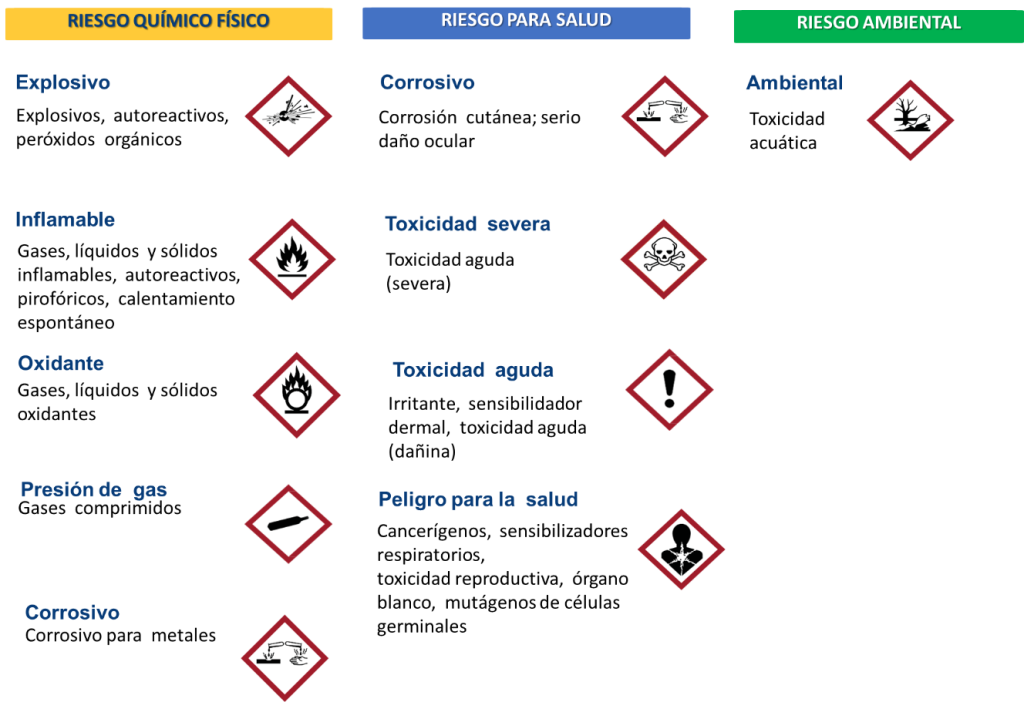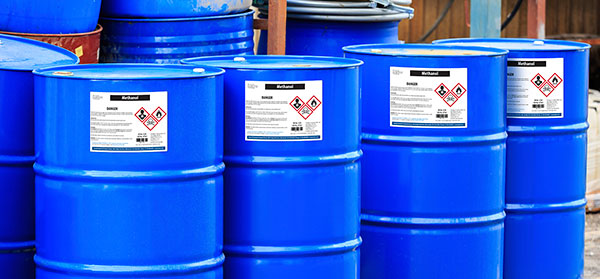In the work environment, safety is a priority. To ensure the well-being of employees and reduce the risks associated with hazardous chemicals, it is essential to know and understand GHS (Globally Harmonized System) labels. These labels provide clear, understandable information about the risks of chemicals and how to handle them safely. Here, we’ll explore what GHS labels are, how they impact workplace safety, and where you can get specialized labels to comply with these regulations.
What is the SGA?
The Globally Harmonized System (GHS) is an international standard for classifying and labeling hazardous chemicals. It was developed by the United Nations to create a coherent and universal system that facilitates the understanding of chemical risks worldwide. The GHS seeks to harmonize differences in the labeling and classification of chemical substances, promoting safety and health at work and international trade.

Key Elements of an SGA Label
A GHS label contains several elements important to identifying and understanding the risks associated with a chemical substance. Here’s a breakdown of the key components:
- Pictograms: These are visual icons that represent a specific type of risk, such as flammability, toxicity, or corrosivity. Each pictogram is a symbol within a red diamond, allowing quick identification of the risk.
- Signal Words: These are terms such as “Danger” or “Warning” that indicate the level of risk. “Danger” is used for higher risks and “Warning” for moderate risks.
- Risk Indications (H-Statements): These are phrases that describe the nature of the risk. For example, “May cause damage to the respiratory system” or “Flammable on contact with water.”
Precautionary - Statements (P-Statements): Provide instructions on how to handle the product safely. This may include recommendations on personal protective equipment, storage procedures, and first aid in case of exposure.
- Product and Supplier Identification: The label includes information on the name of the chemical product and details of the supplier or manufacturer for identification and contact in case of emergency.
Importance of GHS Labels at Work
Proper use of GHS labels has several benefits in the workplace:
- Employee Safety: Provide employees with crucial information about chemical risks, allowing them to make informed decisions and wear appropriate protective equipment.
- Regulatory Compliance: Complying with EMS regulations is essential to avoid legal sanctions and ensure a safe work environment.
- Accident Reduction: With clear and concise information about risks and safety measures, the risk of accidents related to chemicals can be minimized.

How to Implement EMS in the Workplace
To effectively implement the EMS in the workplace, consider the following steps:
- Training: Provide training to employees on the interpretation of GHS labels and the importance of following recommendations.
- Updating Inventories: Ensure all chemicals have up-to-date GHS labels.
- Regular Review: Carry out periodic inspections to verify the correct application of the EMS and the safety in the handling of chemical products.
- Clear Communication: Encourage communication between employees and management to address safety concerns and maintain a safe work environment.
Where to Get Specialized GHS Labels
If you need specialized SGA labels for your business, RSI is your best option. With over 30 years of experience in the industrial labeling industry, RSI offers a wide range of GHS labels designed to meet the needs of different sectors. You can rely on our experience and knowledge to obtain high-quality labels that comply with GHS regulations and ensure safety in your workplace.
In short, GHS labels are an essential tool for workplace safety. Its correct understanding and implementation can reduce risks and create a safer environment for everyone. With these tips and RSI’s help in purchasing specialist GHS labels, you can take proactive steps to ensure your workplace meets the necessary safety and security standards.

Andrés Alcántara
RSI México









